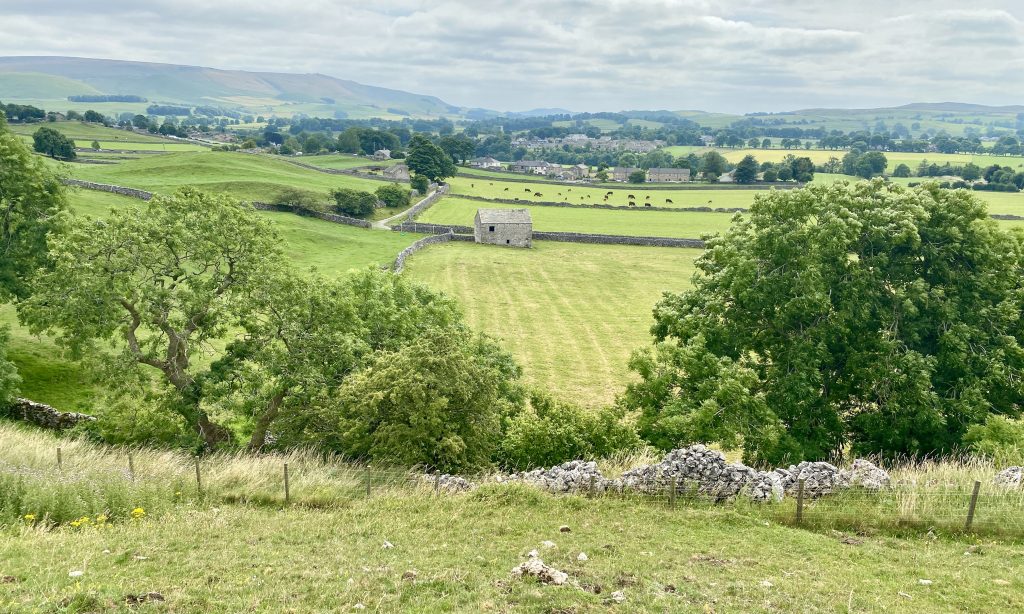North through Grassington village centre following the Dales Way to Cove Scar, then north-west to Conistone by way of the public footpath on the eastern side of Bastow Wood. North-east from the village via Scot Gate Lane to rejoin the Dales Way, then north-west past Conistone Pie and along Swineber Scar to Highgate Leys Lane. East on paths and tracks uphill to Capplestone Gate followed by a south-western descent on Conistone Turf Road and Bycliffe Road. Finally south, again on the Dales Way, all the way back to Grassington. A 12-mile walk in the Yorkshire Dales.
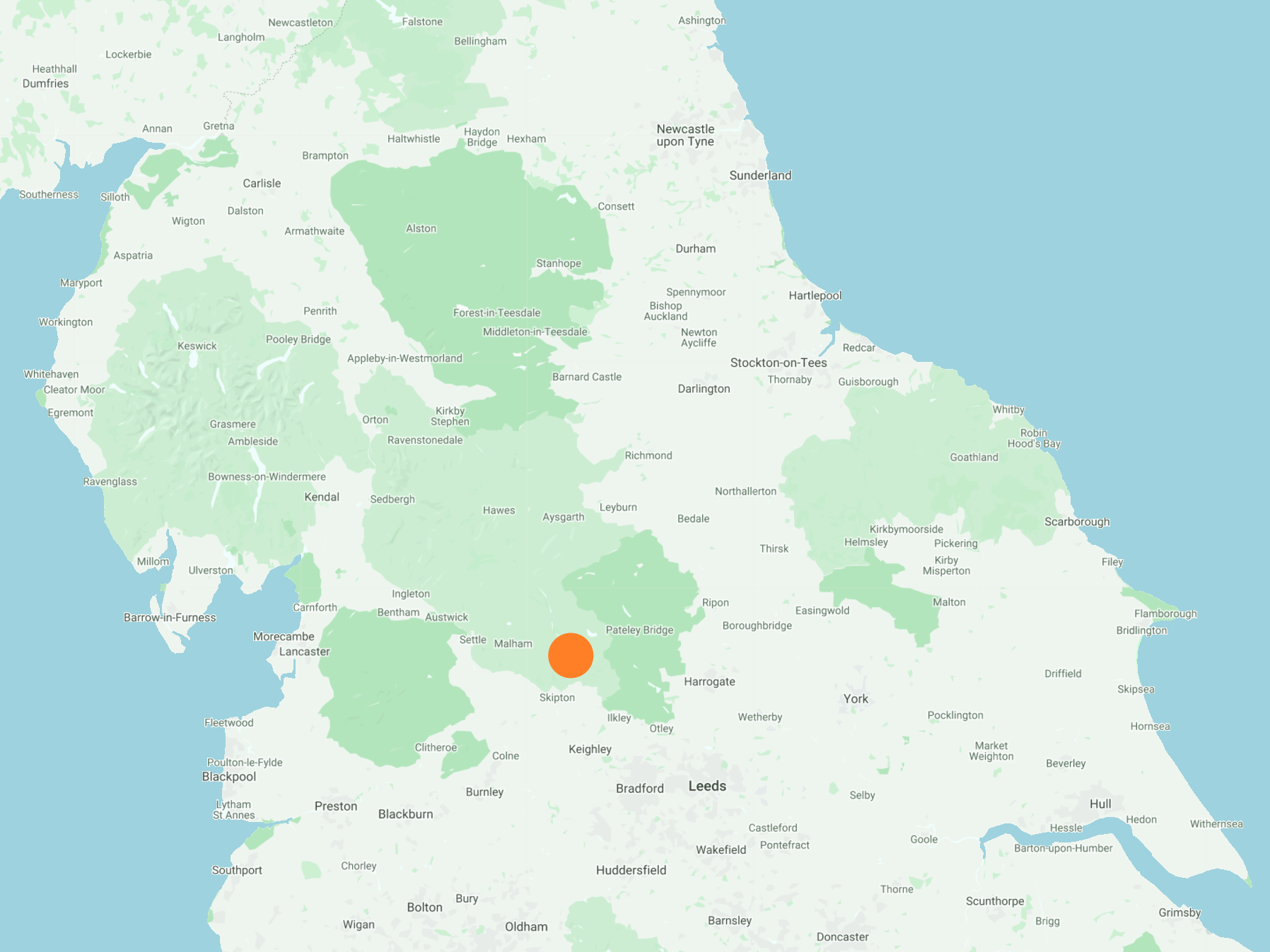
Recommended Ordnance Survey Map
The best map to use on this walk is the Ordnance Survey map of the Yorkshire Dales Southern & Western Area, reference OS Explorer OL2, scale 1:25,000. It clearly displays footpaths, rights of way, open access land and vegetation on the ground, making it ideal for walking, running and hiking. The map can be purchased from Amazon in either a standard, paper version or a weatherproof, laminated version, as shown below.
Standard Version
Area of historic settlements and field systems just north of Bastow Wood.
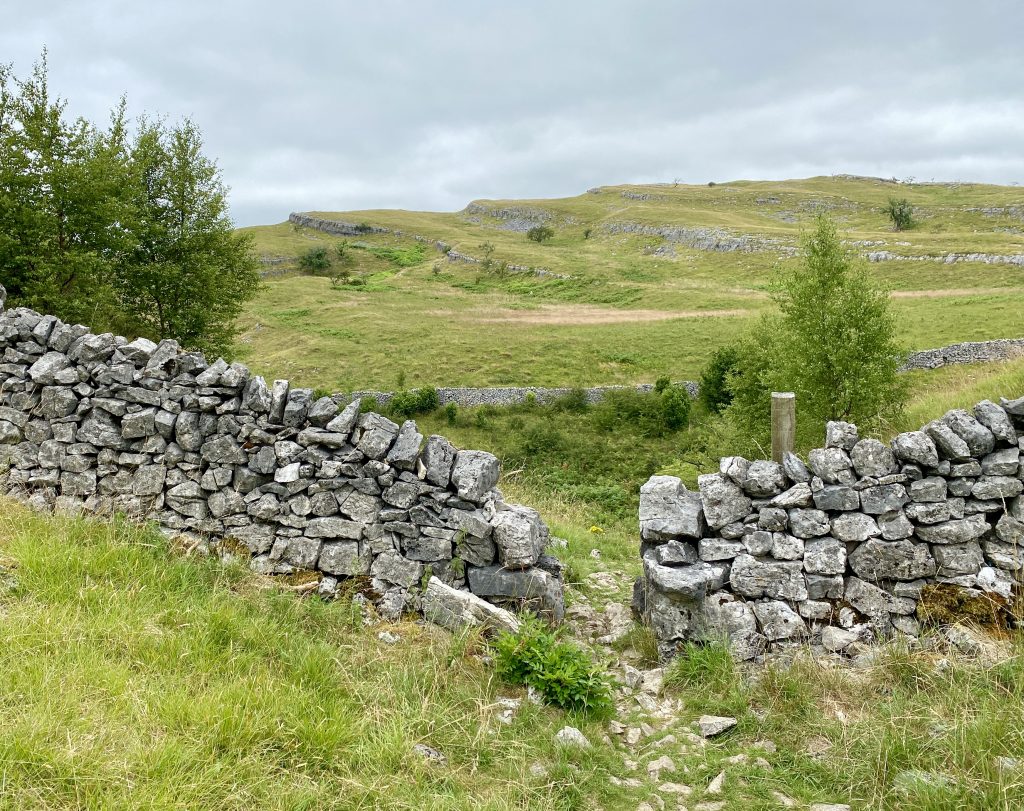
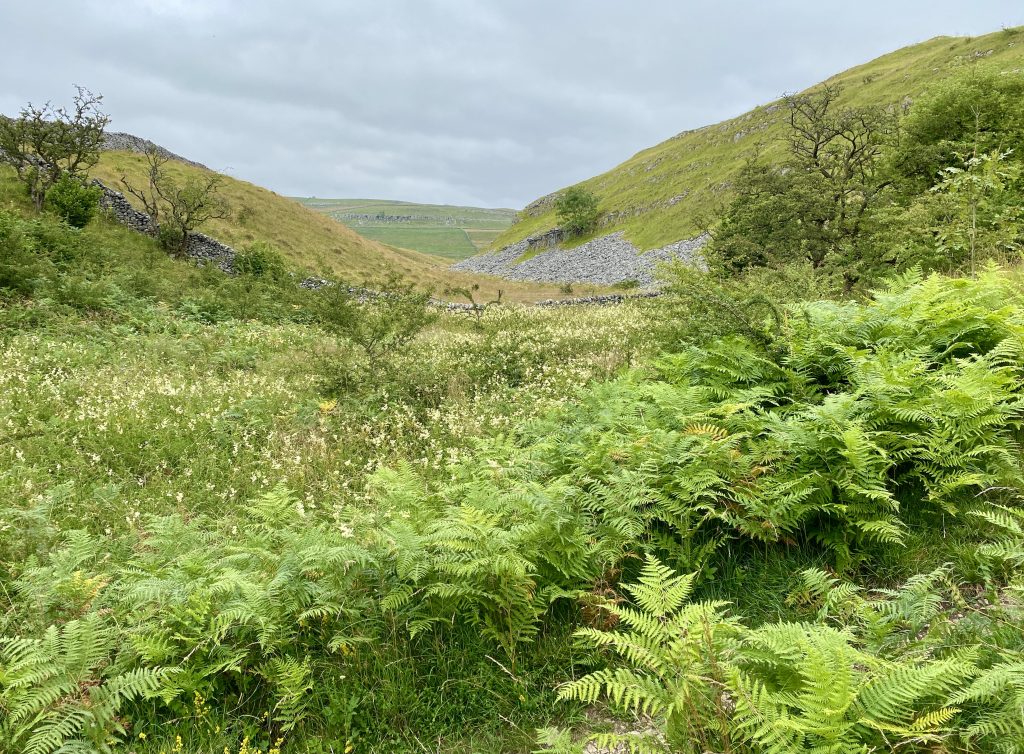
Small steep-sided valley cut out by Dib Beck which flows westwards into the River Wharfe.
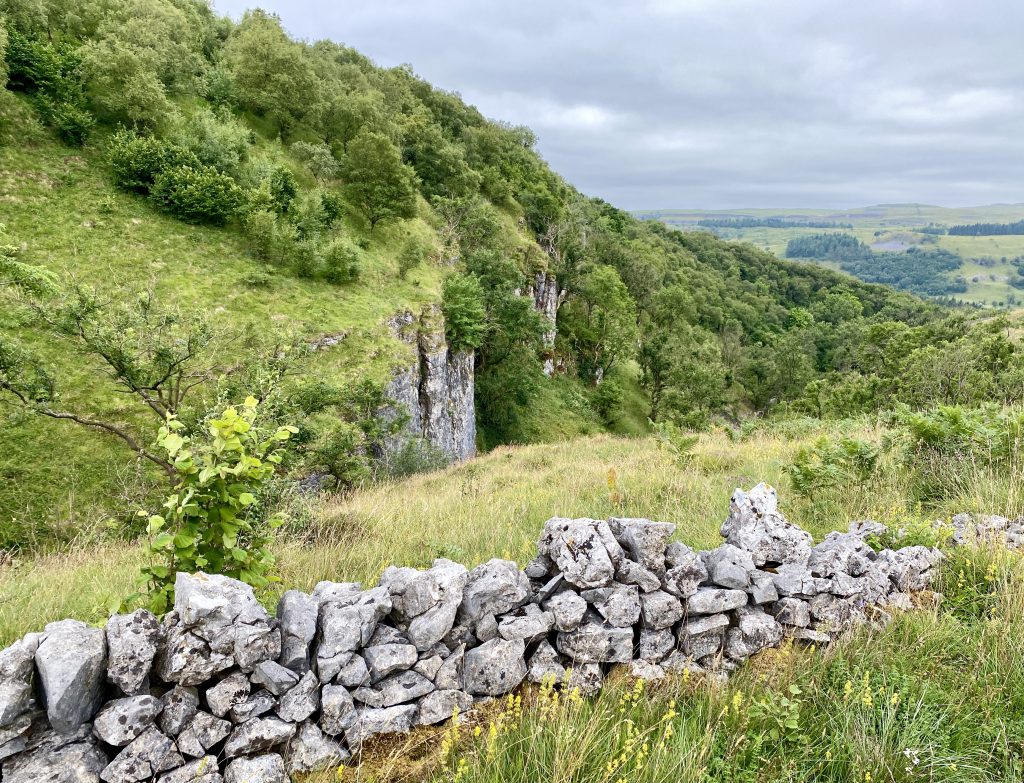
Kilnsey Crag becomes visible on the easy-going grassy path which leads to Conistone.
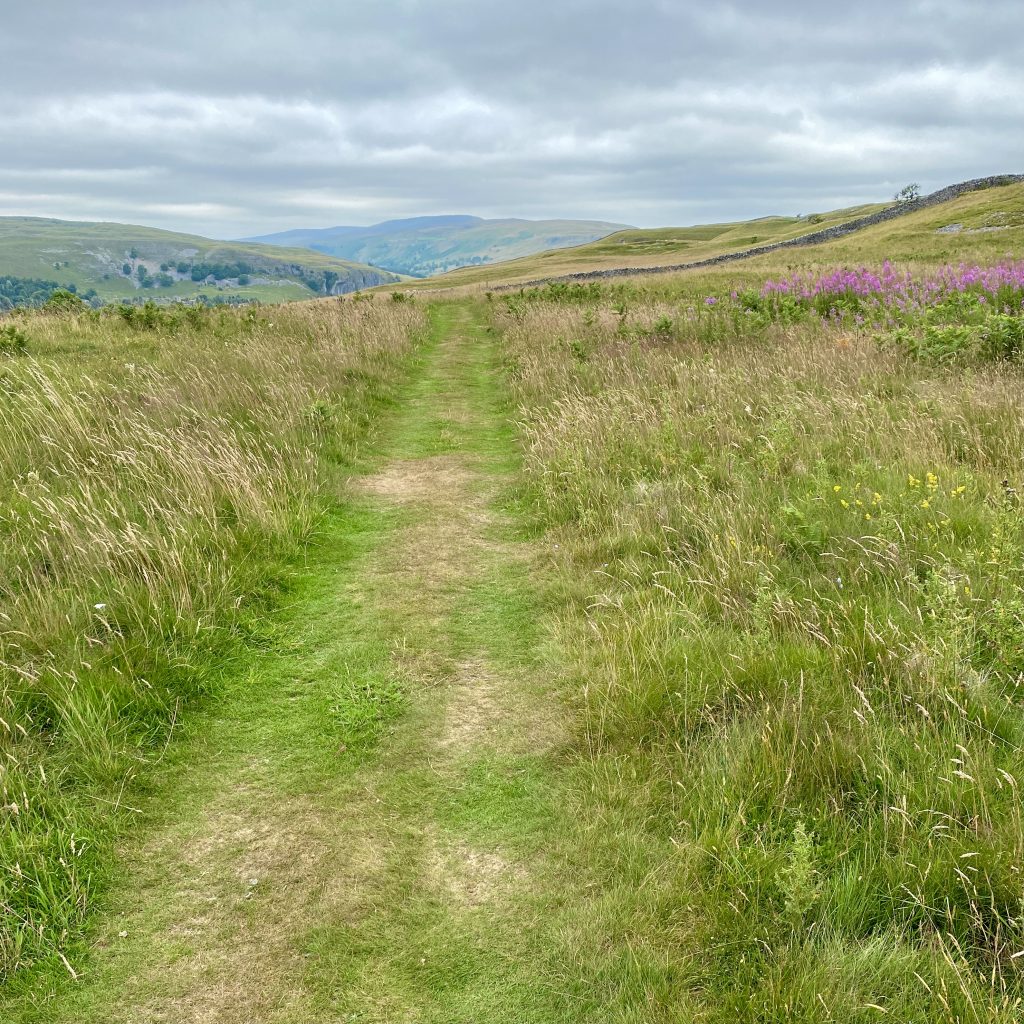
The rooftops of old stone houses in the village of Conistone.
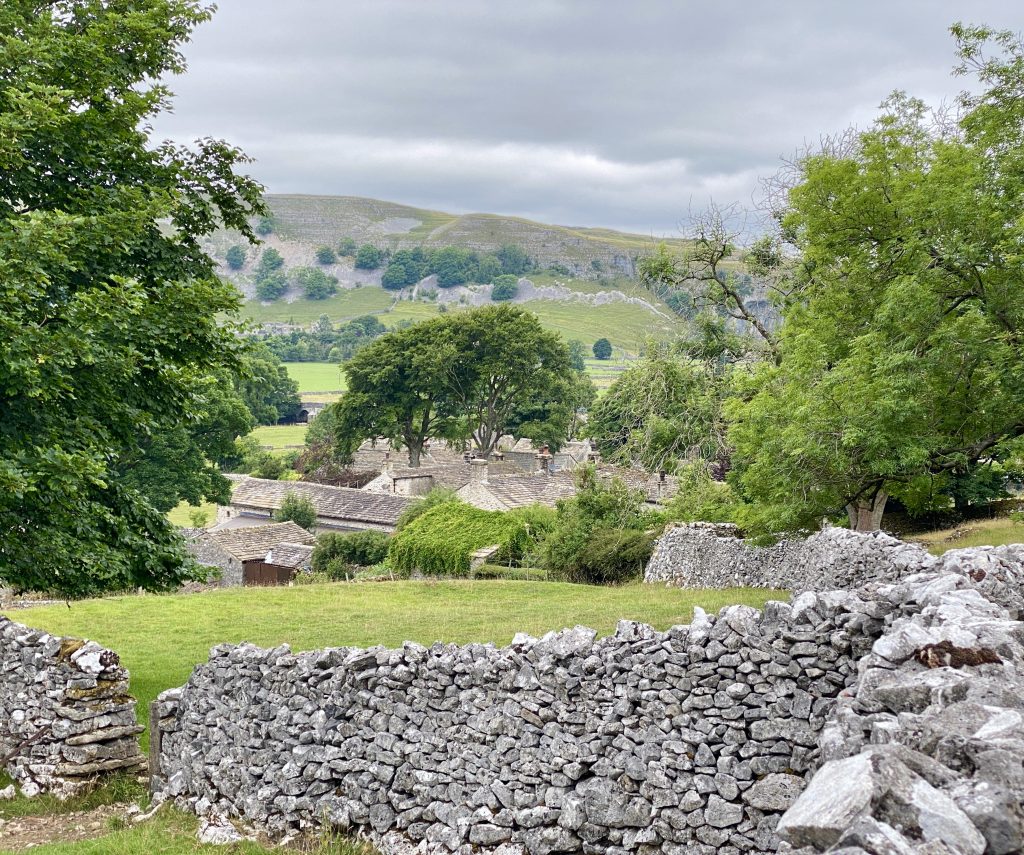
Conistone, with Kilnsey Crag in the background.
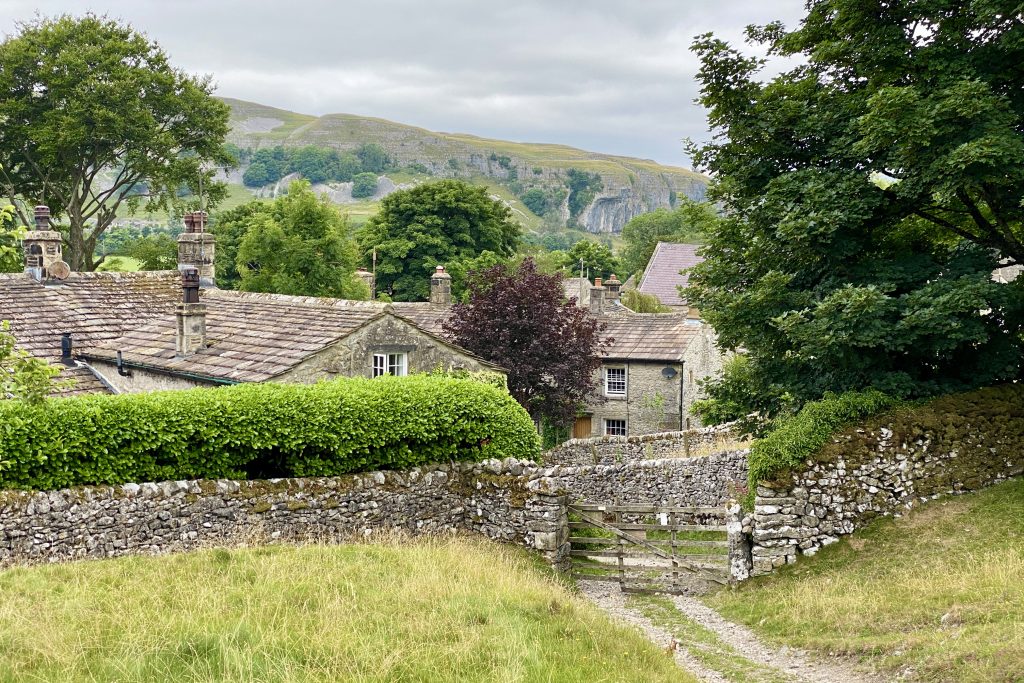
St Mary’s Church, Conistone.
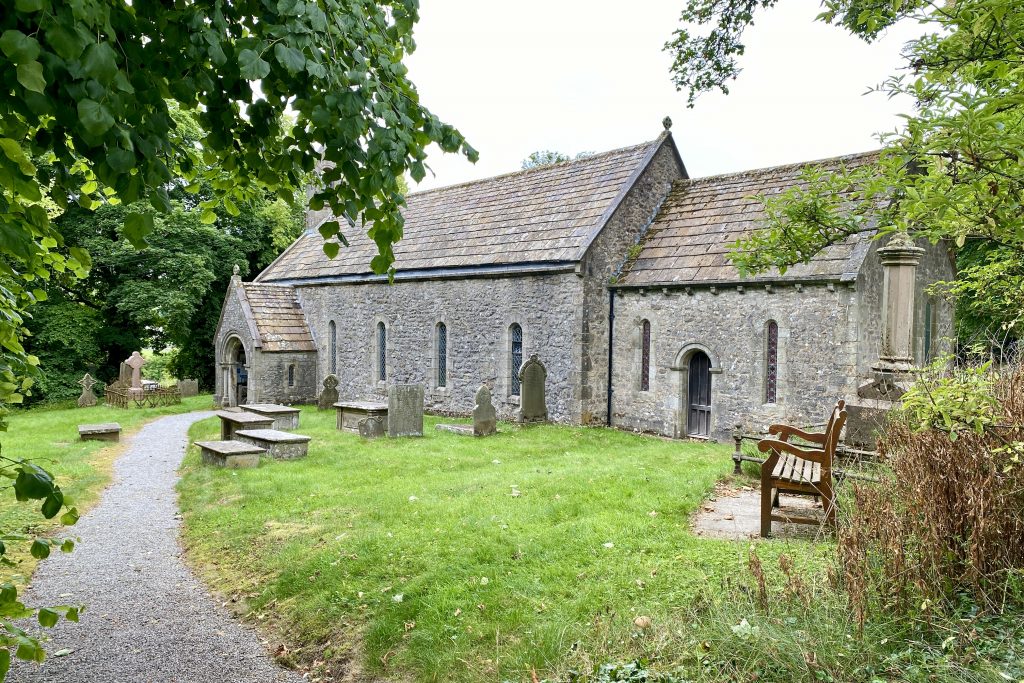
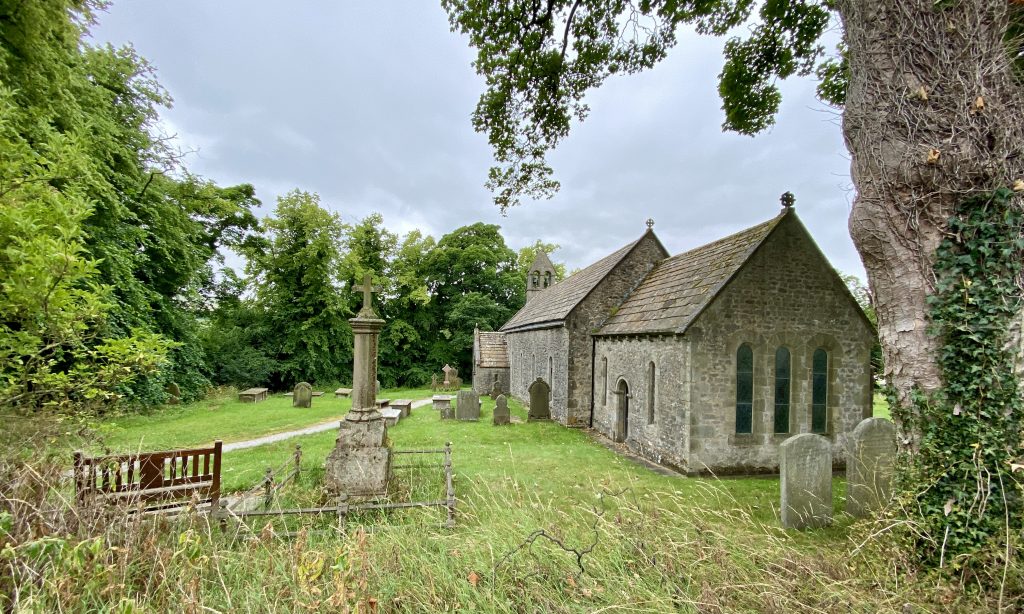
The village of Kilnsey and Kilnsey Crag as seen from Scot Gate Lane on Wassa Hill.
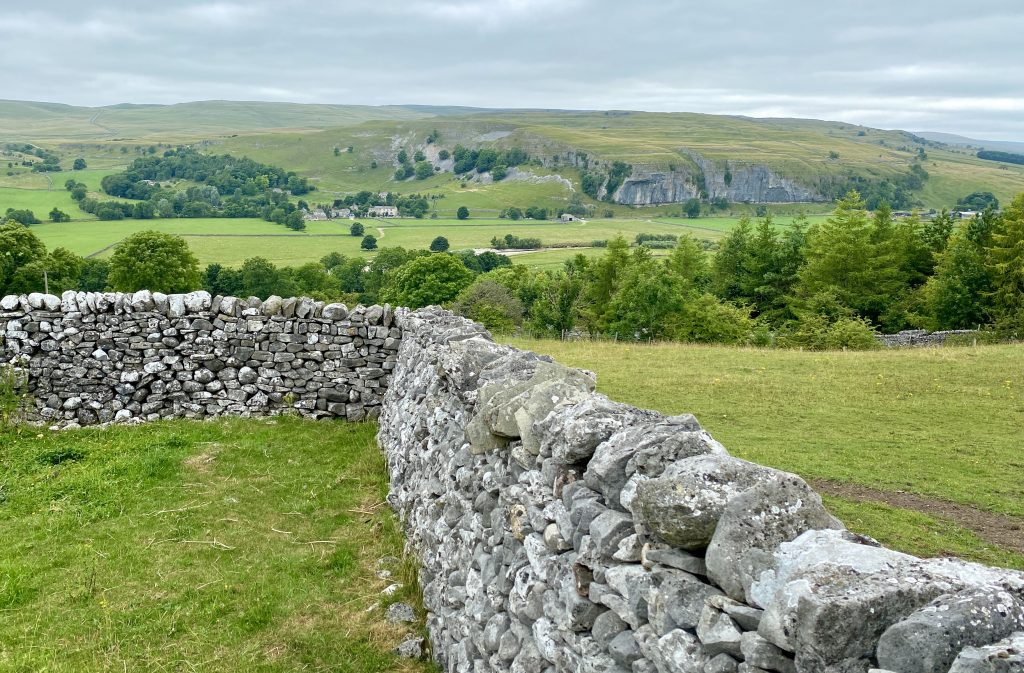
The view across to the dry valley on the north-eastern side of Conistone. The well known ‘Conistone Dib’ footpath runs through the valley.
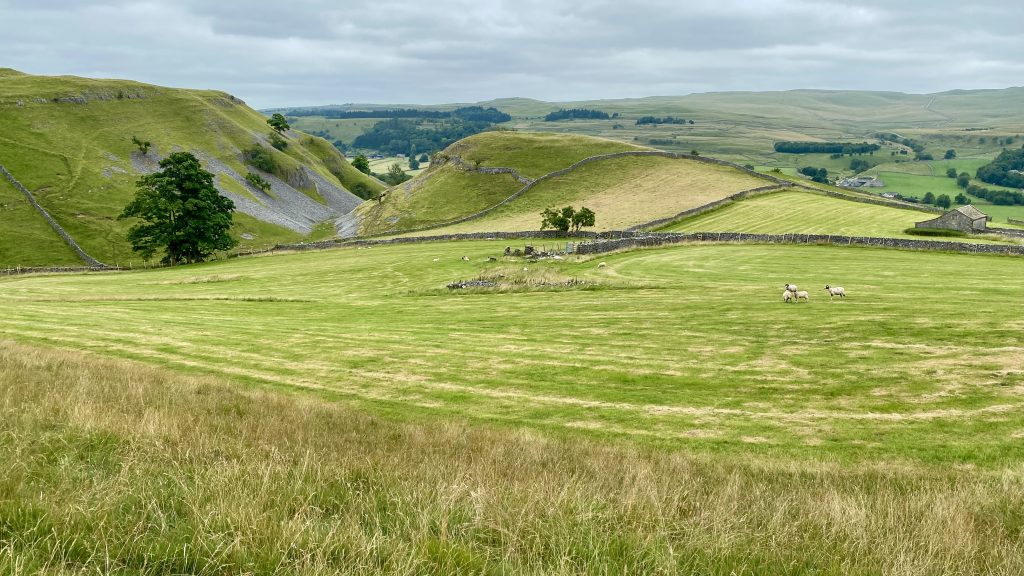
The approach to Conistone Pie on the Dales Way.
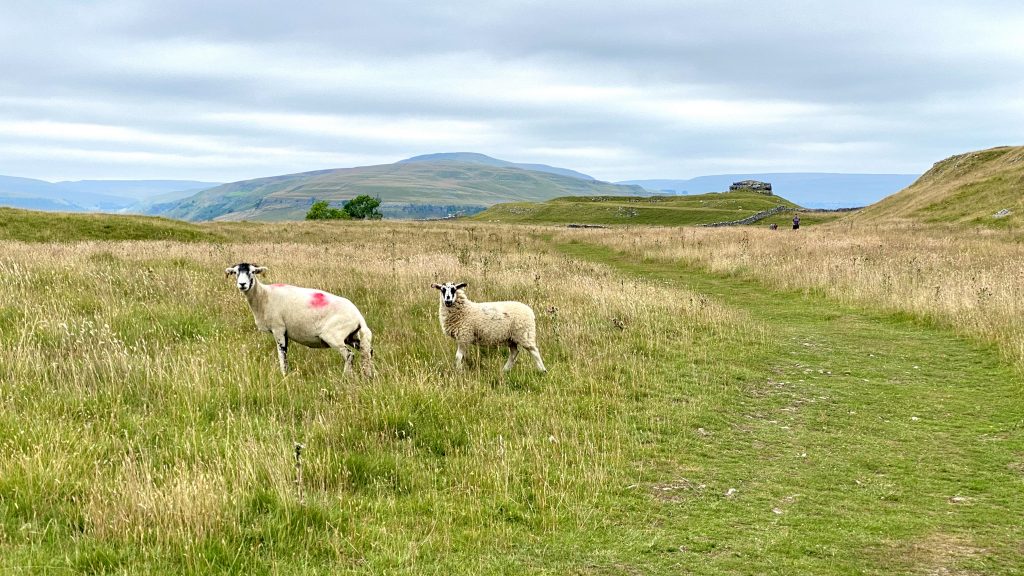
Conistone Pie, a distinctive limestone outcrop shaped like, you guessed it, a pie.
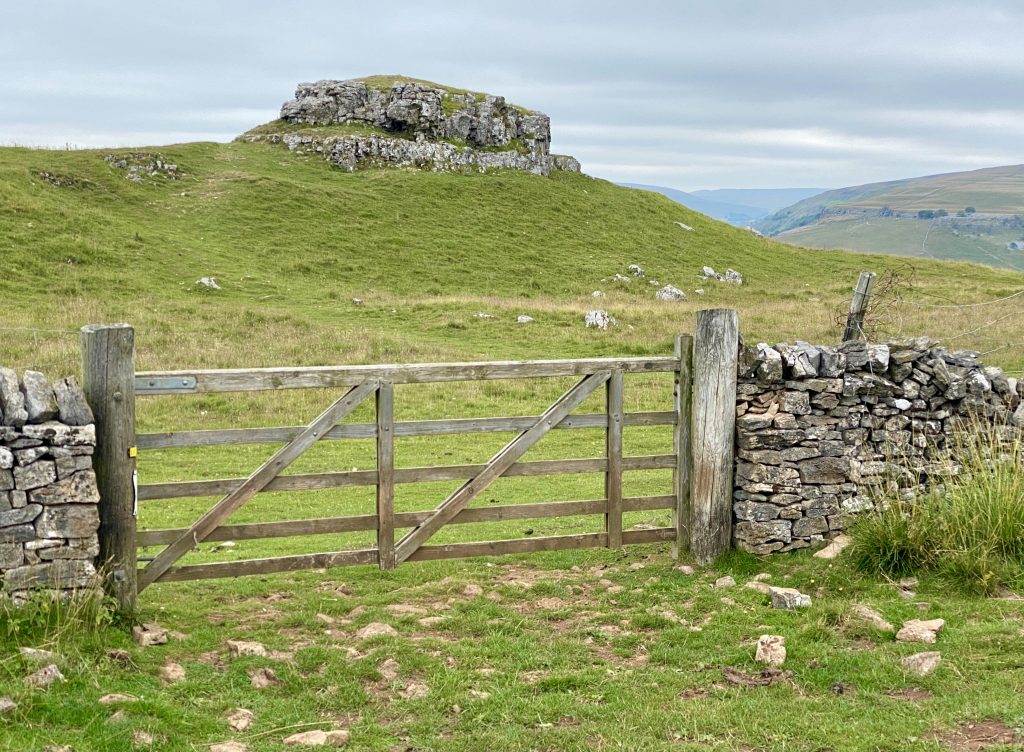
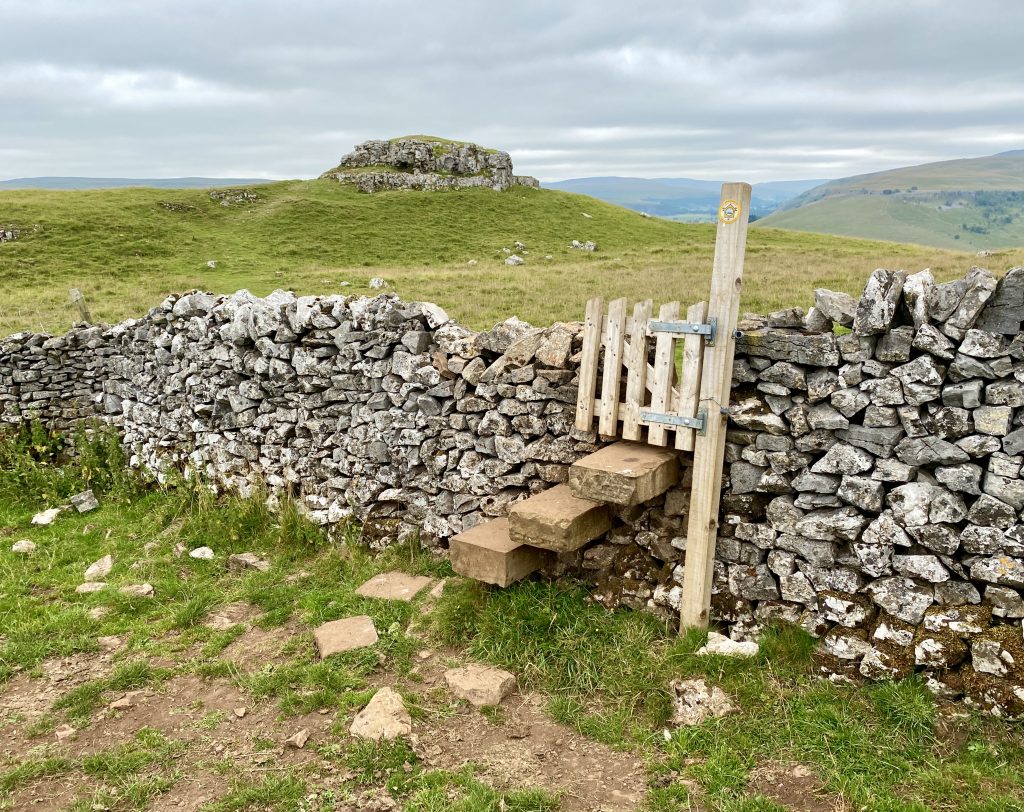
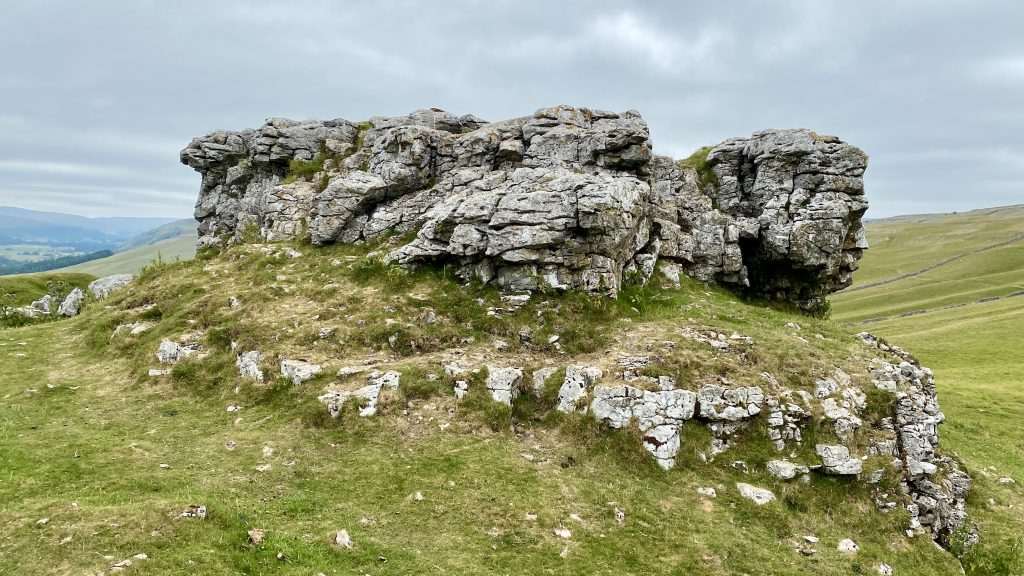
The view north-west from Conistone Pie towards Littondale.
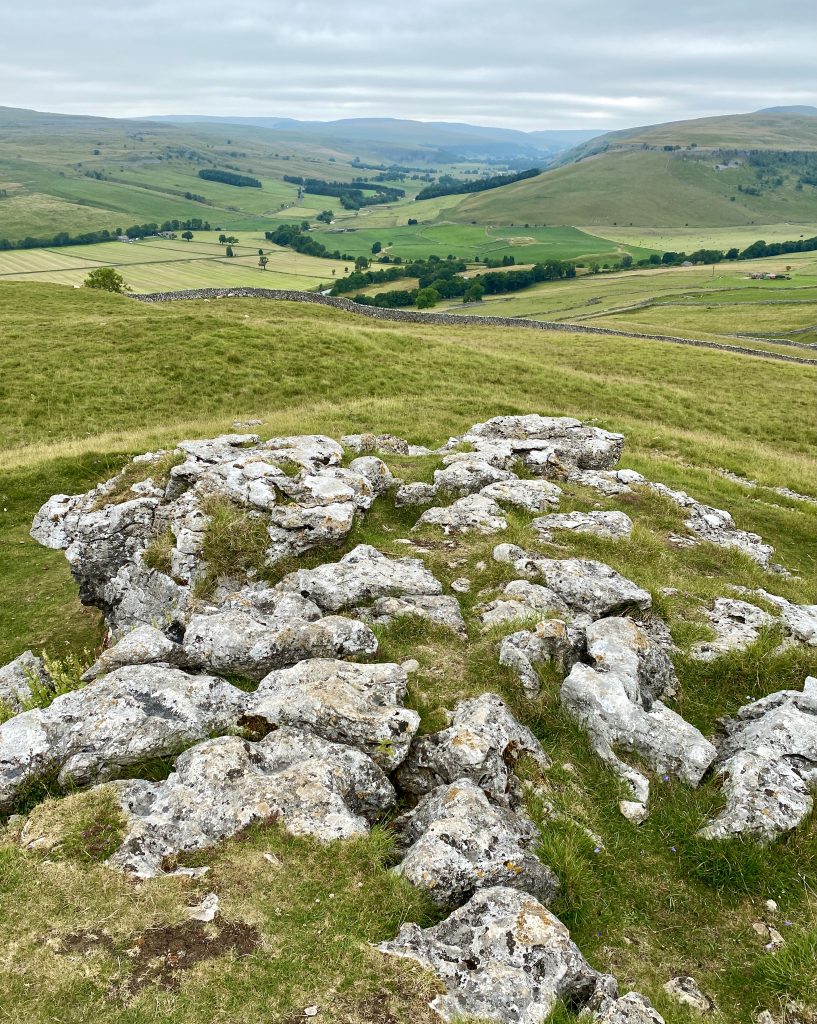
Looking west from Conistone Pie over to Kilnsey Crag.
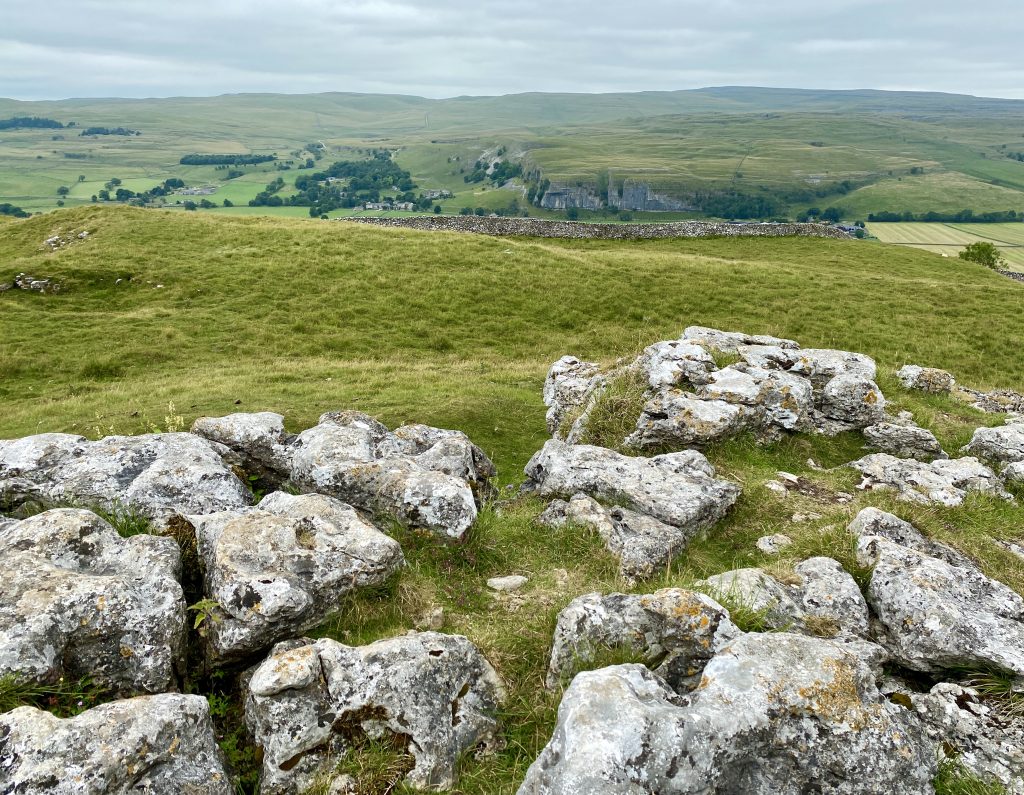
Area of disused lead mines on Conistone Moor between Langcliffe Pot and Capplestone Gate.
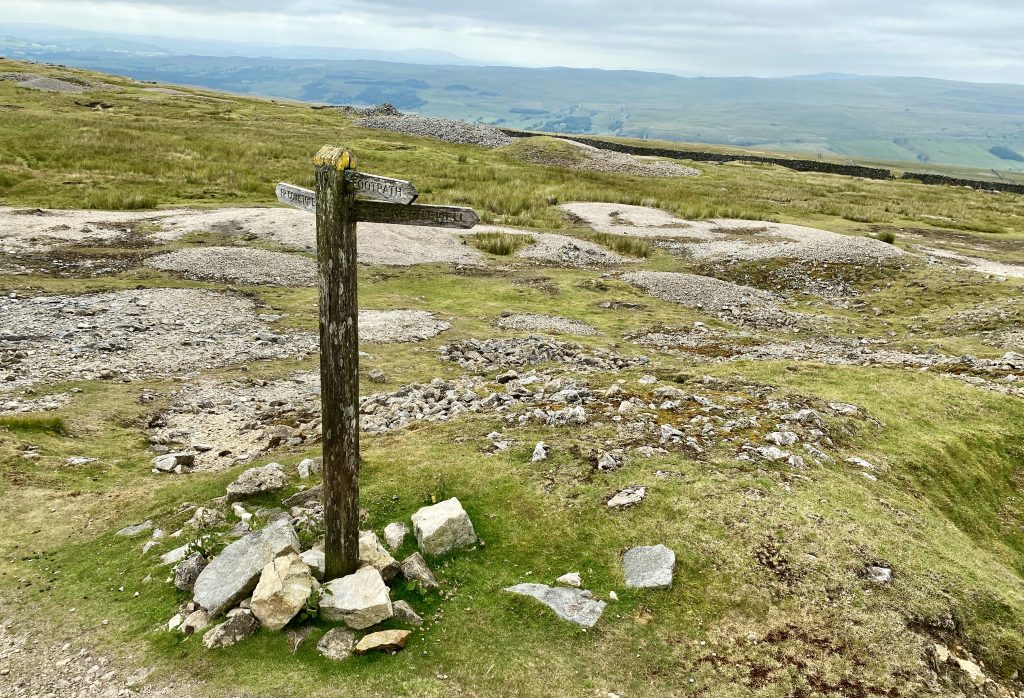
Triangulation pillar at Capplestone Gate, height 512 metres (1680 feet).
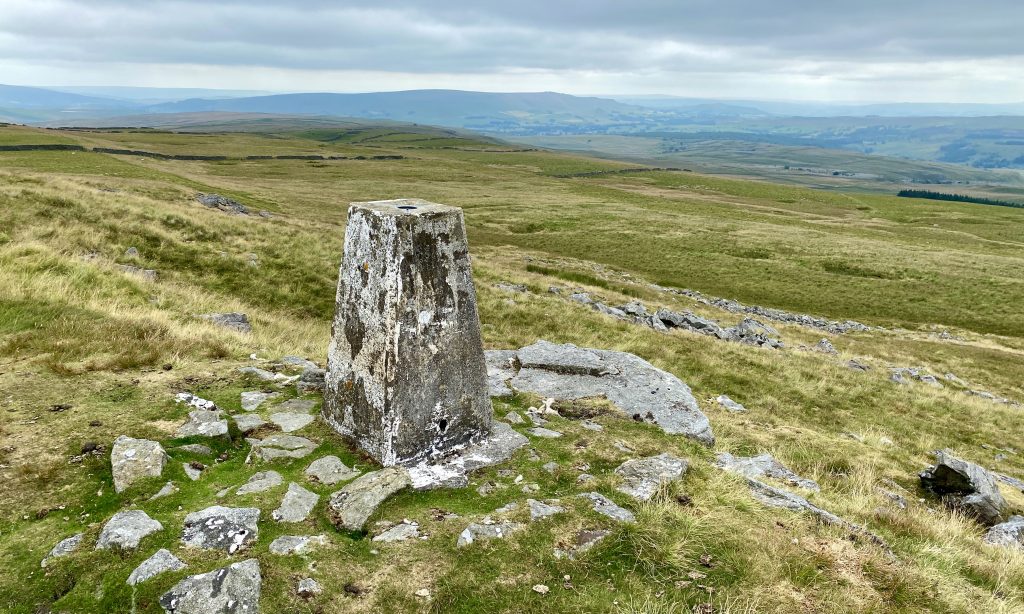
Descending the hillside on Conistone Turf Road.
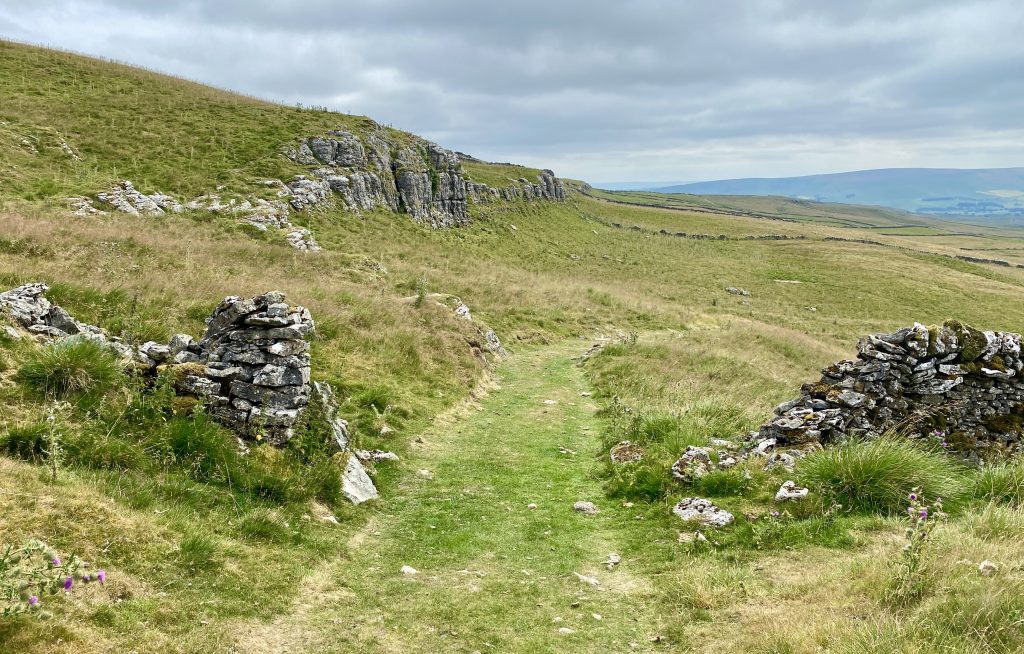
Footpath down to Conistone Dib.
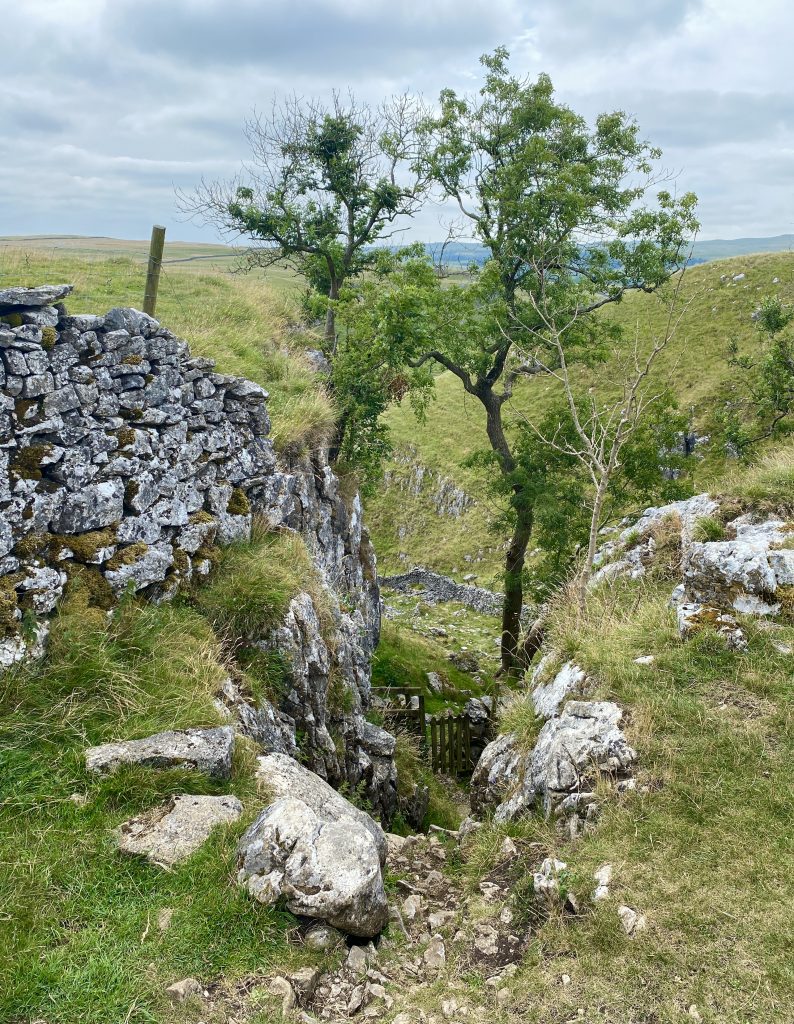
The view down towards Conistone Dib, a dry channel in the limestone landscape most likely formed by glacial meltwater during the last ice age.
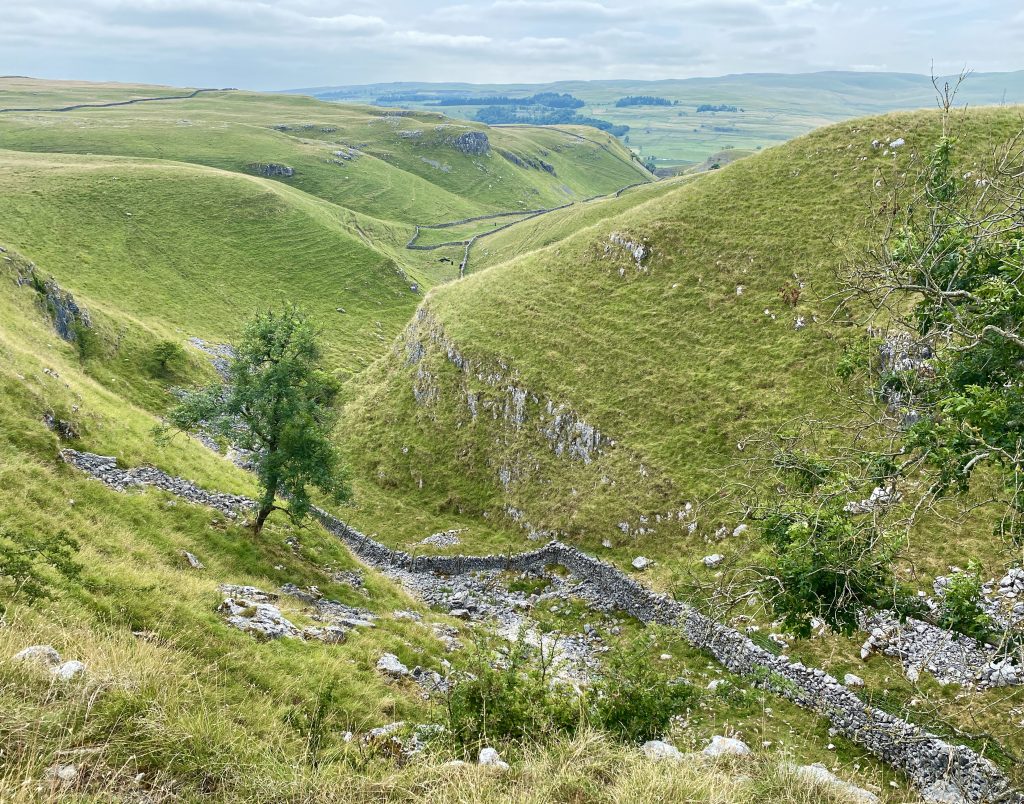
Lime kiln by the side of the Dales Way near Old Pasture, built about 150 years ago. Locally quarried limestone was burned in it to produce lime, which farmers used to spread on the land to improve the grass.
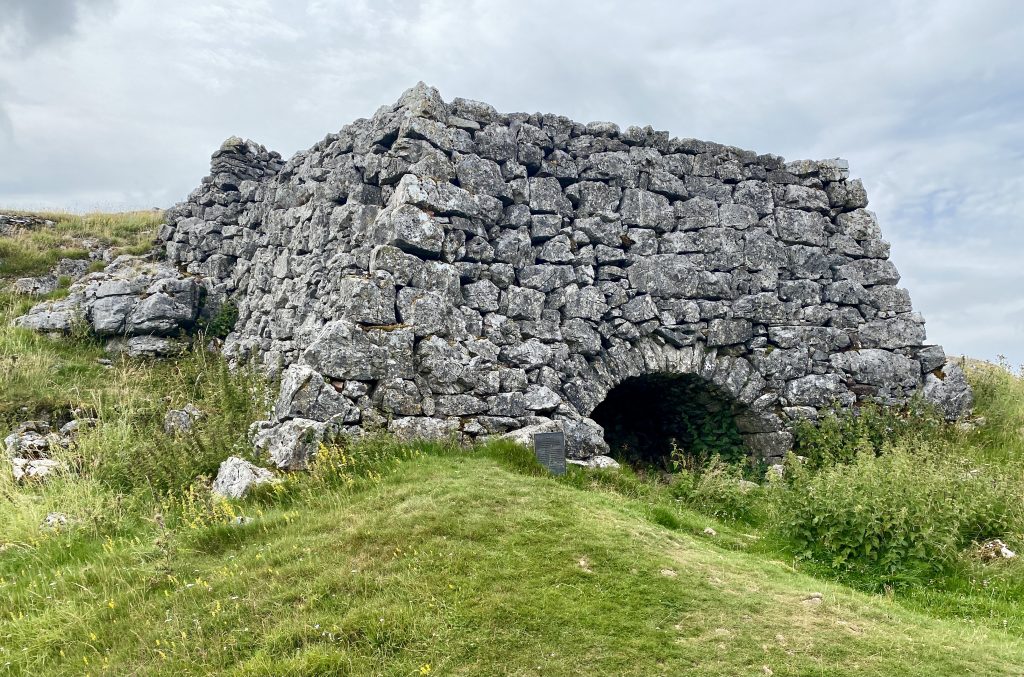
Layers of limestone and coal were loaded into the top of the kiln. Kindling at the bottom of the kiln was then lit, and the limestone was then left to burn for about three days. The arch at the front drew air into the kiln to keep the fire burning. When the limestone had burnt, the lime which was left was raked out at the bottom of the kiln through a small hole called the ‘eye’.
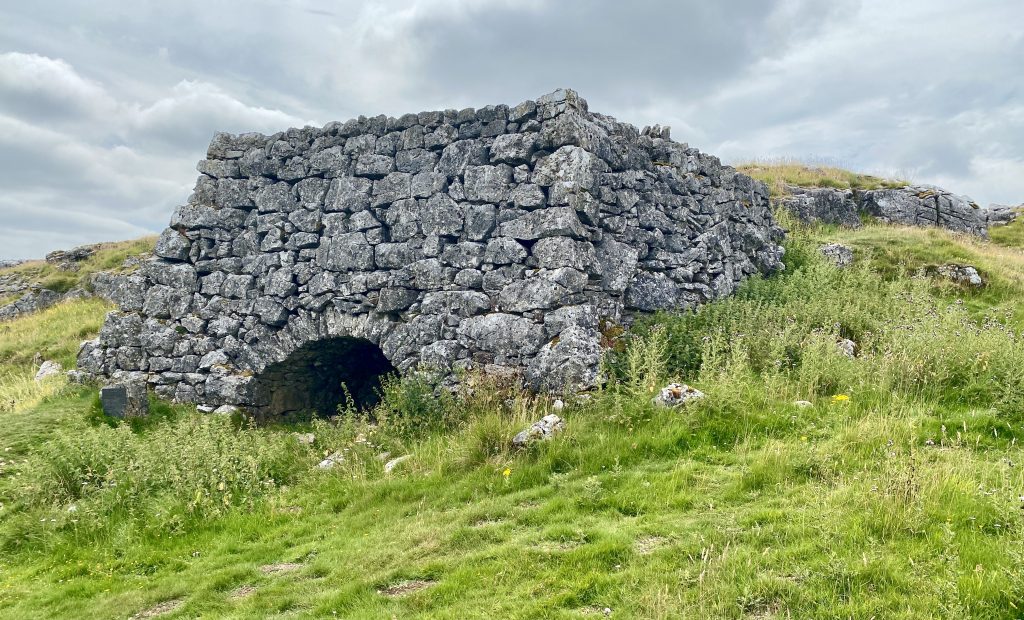
The kiln is privately owned and was consolidated with support from the Yorkshire Dales National Park in 1994.
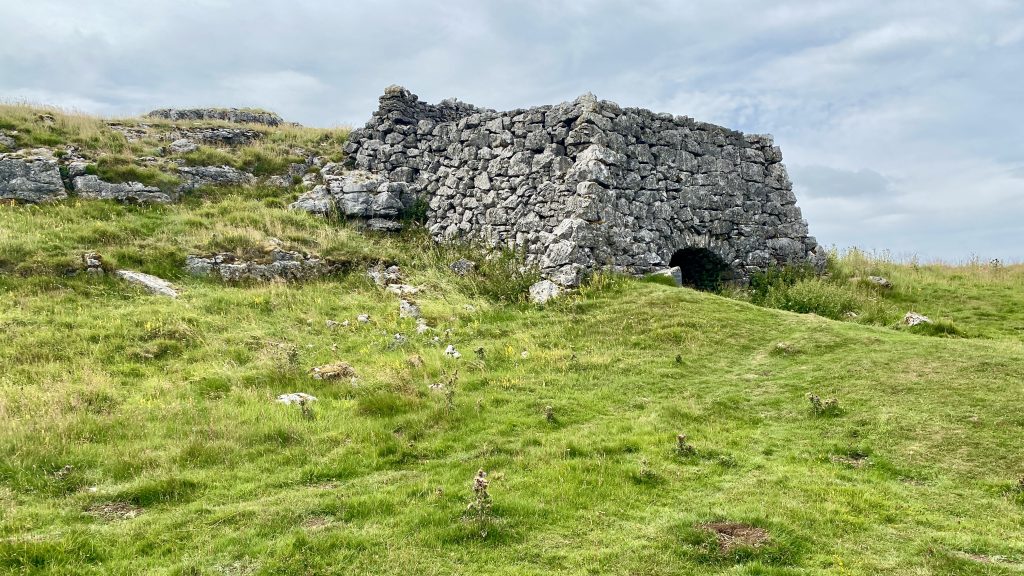
The view south from Cove Scar towards Threshfield and Grassington.
